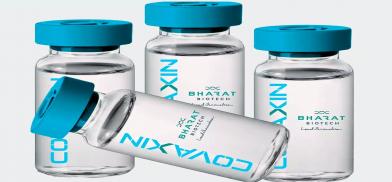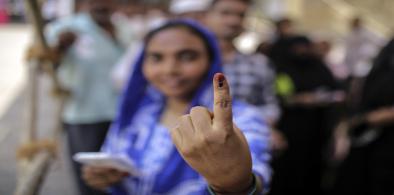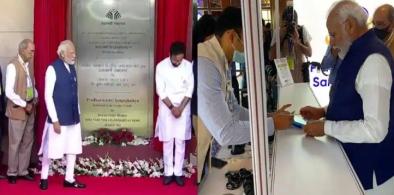India's Bharat Biotech invites vaccine makers to manufacture Covaxin to scale up production
Hyderabad-based pharmaceutical company Bharat Biotech is willing to invite other companies which want to produce Covaxin to help meet the shortage in production, a top Indian government advisor said

Hyderabad-based pharmaceutical company Bharat Biotech is willing to invite other companies which want to produce Covaxin to help meet the shortage in production, a top Indian government advisor said.
"People say that Covaxin should be given to other companies for manufacturing. I am happy to say that Covaxin manufacturing company (Bharat Biotech) has welcomed this when we discussed it with them," NITI Aayog member Dr VK Paul said.
"Under this vaccine, a live virus is inactivated and this is done only in BSL3 (Biosafety Level 3) labs. Not every company has this. We give an open invitation to companies who want to do this. Companies that want to manufacture Covaxin, should do it together. The centre will assist so that capacity is increased," Dr Paul said.
The statement comes on a day when the government announced that it hoped to have more than 200 crore/ 2 billion doses of Covid-19 vaccines between August to December this year amid severe criticism of its mishandling of the vaccine plan, IBNS said.
Meanwhile, a government panel on Thursday recommended an increase in the gap between the first and second doses of anti-Covid-19 vaccine, Covishield, to 12-16 weeks. This is the second time in three months the gap between the doses of Covishield has been increased.
Adar Poonawalla, the CEO of Serum Institute of India (SII) that manufactures the vaccine Covishield, has welcomed the government's decision to increase the gap between the first and second doses of the vaccine to 12-16 weeks.
In an interview to NDTV, Poonawalla reacted, "This is beneficial both from the efficacy and the immunogenicity standpoint. This is a very good move because this is based on data that the government received on the basis of which they made a good scientific decision to increase the gap."



















Post a Comment